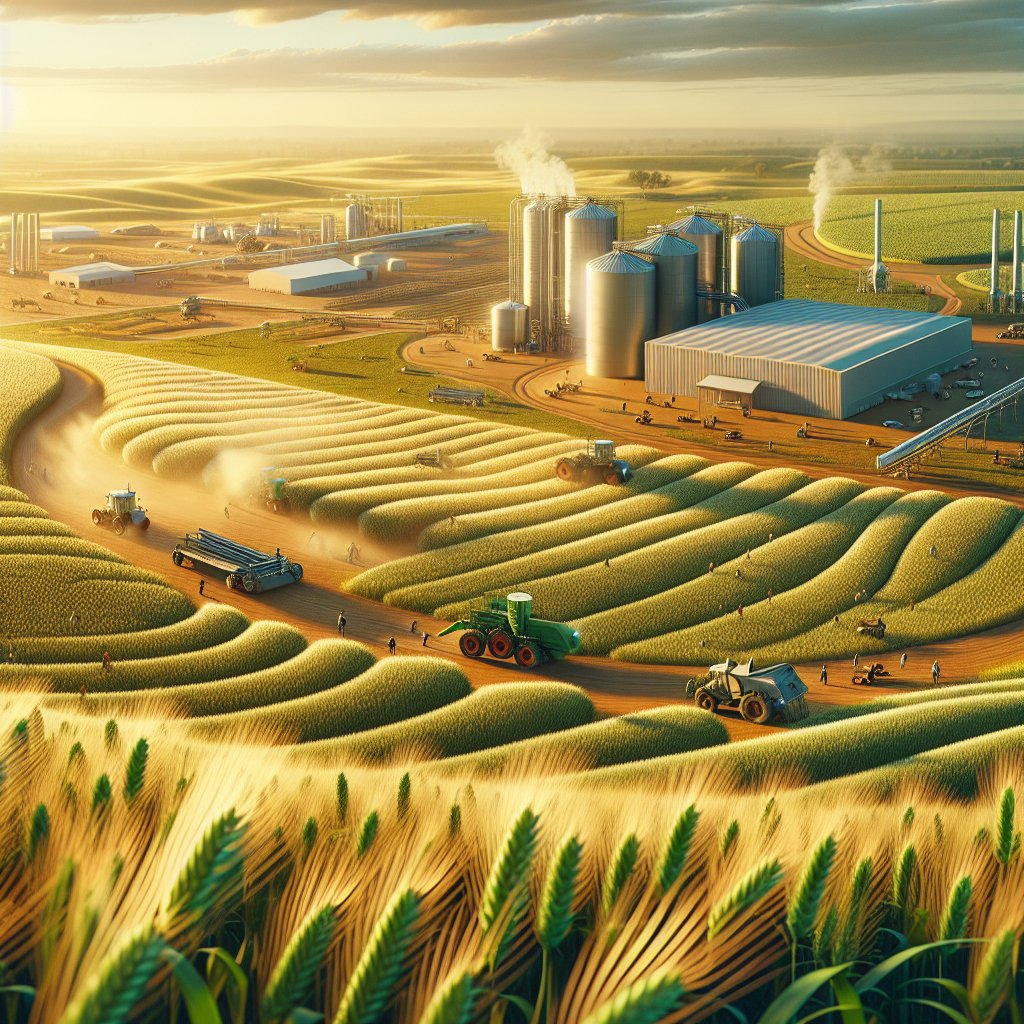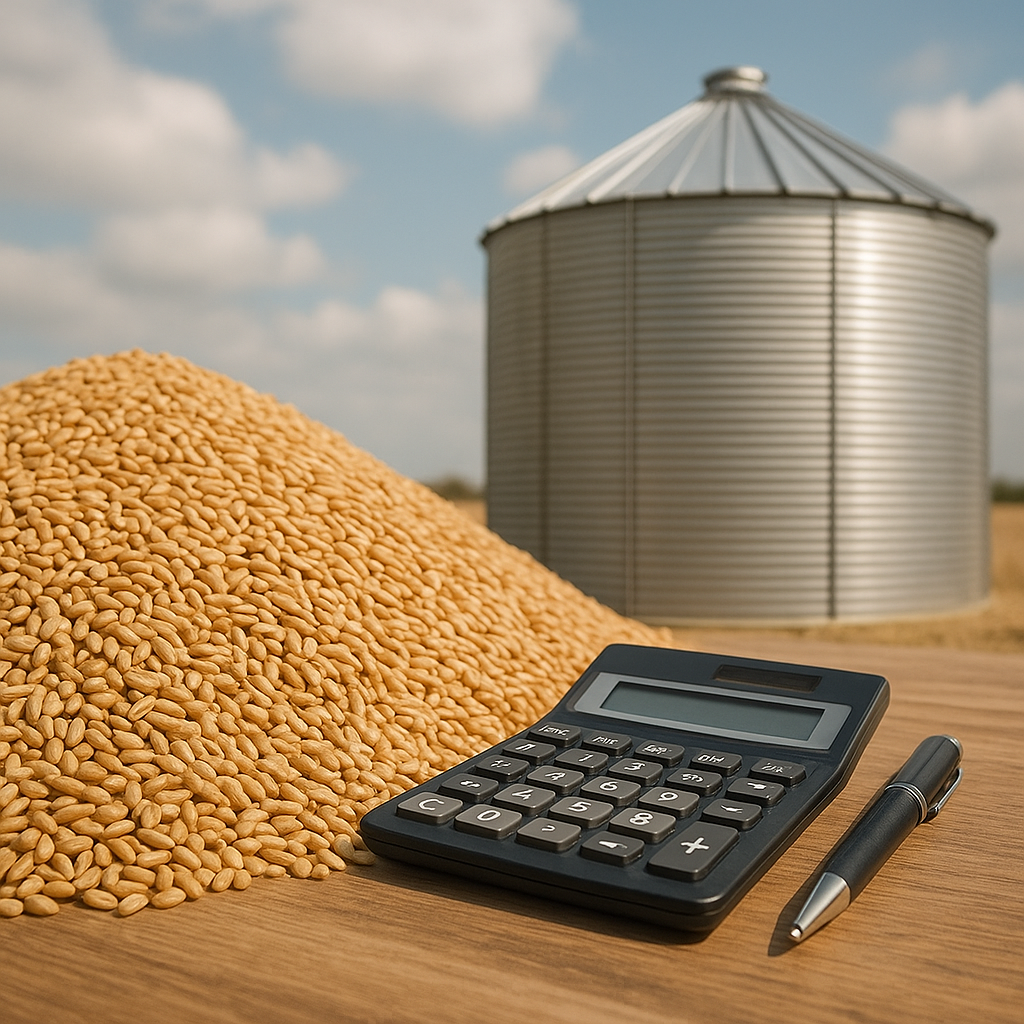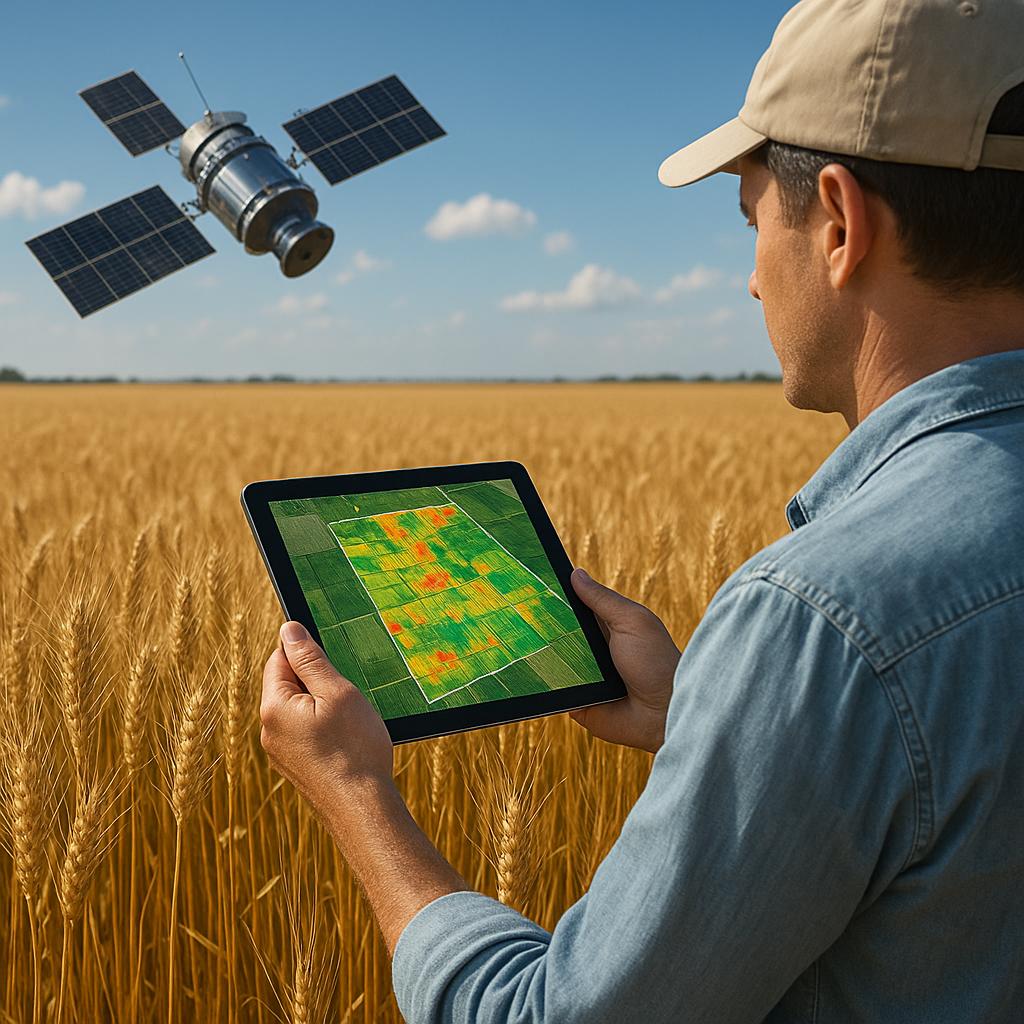Emerging markets in grain production are becoming increasingly significant, particularly in Africa, where the potential for growth is immense. As global demand for grains continues to rise due to population growth and changing dietary preferences, Africa stands at a crossroads, with opportunities to enhance its agricultural output and contribute to food security both locally and globally. This article explores the current state of grain production in Africa, the challenges faced by the sector, and the strategies that can be employed to unlock its full potential.
Current State of Grain Production in Africa
Africa is home to a diverse range of climates and soils, which provide a unique opportunity for the cultivation of various grains. The continent produces staple grains such as maize, rice, sorghum, and millet, which are essential for food security in many countries. However, despite its potential, Africa’s grain production has not kept pace with the growing demand.
According to the Food and Agriculture Organization (FAO), Africa accounts for approximately 10% of global grain production. While this figure may seem modest, it is important to note that the continent has vast untapped agricultural land and a young population that could drive innovation and productivity in the sector. Countries like Nigeria, South Africa, and Ethiopia are already making strides in increasing their grain output, but there is still much work to be done.
Key Grains Produced in Africa
- Maize: As the most widely grown grain in Africa, maize is a staple food for millions. Countries like South Africa and Zambia are major producers, but challenges such as climate change and pests threaten yields.
- Rice: With rising urbanization, the demand for rice is increasing. West African countries, particularly Nigeria and Senegal, are investing in rice production to reduce imports.
- Sorghum: This drought-resistant grain is crucial for food security in arid regions. Countries like Sudan and Ethiopia are leading producers, but they face challenges related to market access.
- Millet: Often overlooked, millet is a resilient crop that thrives in harsh conditions. It is a staple in many parts of West Africa, but its production is often limited by lack of investment.
Challenges Facing Grain Production in Africa
Despite the potential for growth, several challenges hinder the advancement of grain production in Africa. These challenges are multifaceted and require comprehensive strategies to address them effectively.
Climate Change and Environmental Factors
Climate change poses a significant threat to agriculture in Africa. Erratic weather patterns, prolonged droughts, and flooding can devastate crops and reduce yields. Farmers often lack access to climate-resilient seeds and technologies that could help them adapt to changing conditions. Additionally, soil degradation and deforestation further exacerbate the challenges faced by grain producers.
Infrastructure and Market Access
Inadequate infrastructure is a major barrier to grain production and distribution in Africa. Poor road networks, limited storage facilities, and insufficient access to markets hinder farmers’ ability to sell their produce. This not only affects their income but also contributes to post-harvest losses, which can be as high as 30% in some regions. Improving infrastructure is crucial for enhancing market access and ensuring that farmers can reach consumers effectively.
Access to Finance and Technology
Many smallholder farmers in Africa struggle to access the financial resources needed to invest in modern farming techniques and technologies. Limited access to credit and financial services prevents them from purchasing quality seeds, fertilizers, and equipment. Furthermore, the adoption of technology, such as precision agriculture and digital platforms for market information, remains low. Bridging this gap is essential for increasing productivity and competitiveness in the grain sector.
Policy and Governance Issues
Effective policies and governance are critical for fostering a conducive environment for grain production. In many African countries, agricultural policies are often fragmented and lack coherence. Corruption and bureaucratic inefficiencies can also hinder progress. Governments must prioritize agricultural development and create policies that support farmers, promote investment, and enhance food security.
Strategies for Unlocking Africa’s Grain Production Potential
To harness the potential of grain production in Africa, a multi-faceted approach is necessary. This involves collaboration among governments, private sector stakeholders, and international organizations to implement effective strategies.
Investment in Research and Development
Investing in agricultural research and development is crucial for improving crop varieties and farming practices. Developing climate-resilient seeds and innovative farming techniques can help farmers adapt to changing conditions and increase yields. Partnerships with research institutions and universities can facilitate knowledge transfer and drive innovation in the sector.
Enhancing Infrastructure
Improving infrastructure is vital for supporting grain production and distribution. Governments should prioritize investments in rural roads, storage facilities, and irrigation systems. Public-private partnerships can play a significant role in financing infrastructure projects and ensuring that they meet the needs of farmers.
Access to Finance and Technology
Creating financial products tailored to the needs of smallholder farmers can enhance their access to credit. Microfinance institutions and cooperatives can provide loans and financial services that empower farmers to invest in their operations. Additionally, promoting the use of technology, such as mobile apps for market information and e-commerce platforms, can help farmers connect with buyers and improve their income.
Strengthening Policy Frameworks
Governments must develop coherent agricultural policies that prioritize grain production and food security. Engaging stakeholders, including farmers, in the policy-making process can ensure that policies are relevant and effective. Additionally, addressing issues of corruption and inefficiency in governance is essential for creating a favorable environment for agricultural development.
Conclusion
Africa’s potential in grain production is vast, but realizing this potential requires concerted efforts to address the challenges faced by the sector. By investing in research and development, enhancing infrastructure, improving access to finance and technology, and strengthening policy frameworks, Africa can position itself as a key player in the global grain market. As the world continues to grapple with food security issues, Africa’s role in grain production will be increasingly critical, not only for its own population but for the global community as well.













